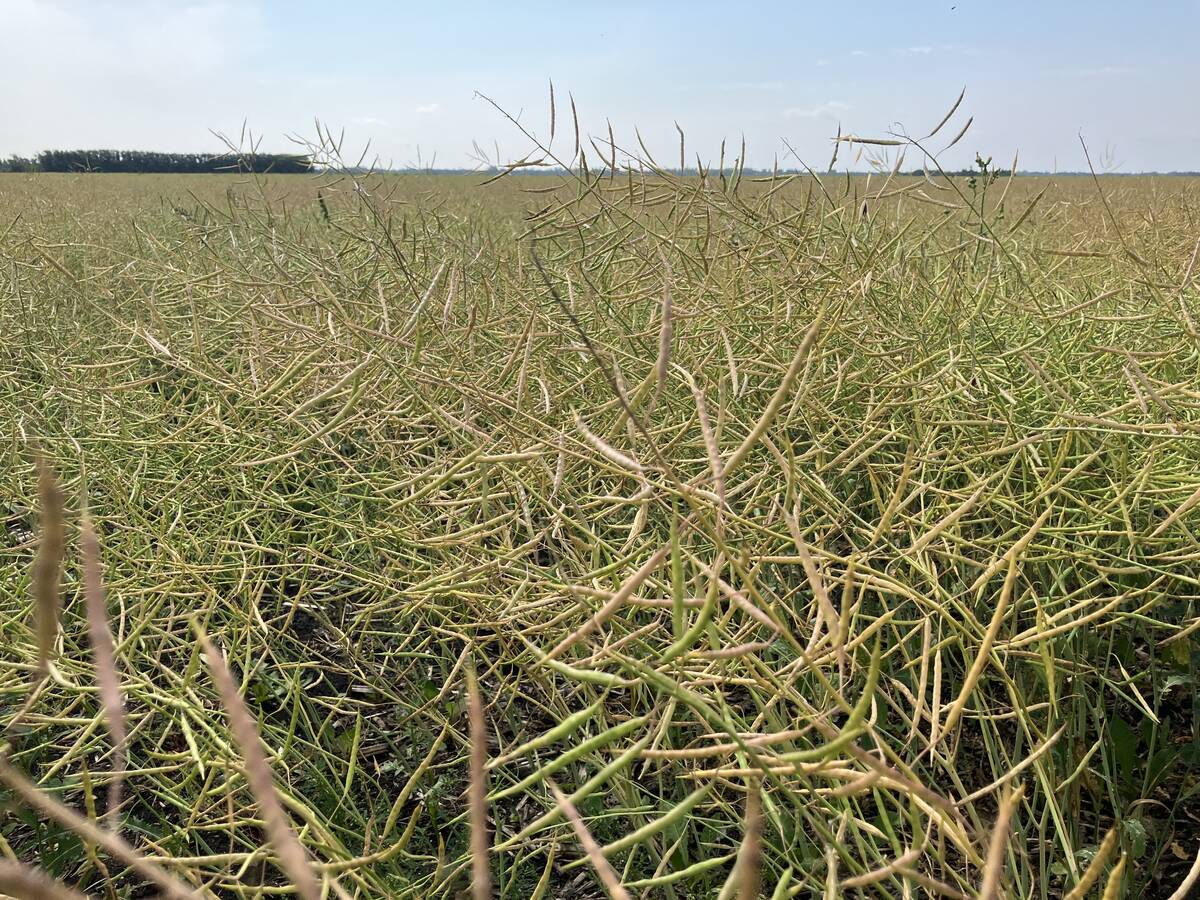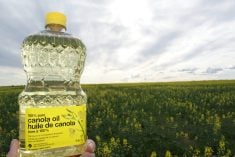Biofuel likes the attractive greenhouse gas emission reduction ratings, but stiffer competition alarms pet food industry
Pet food and animal feed manufacturers are concerned about the cost and availability of a key ingredient.
The biofuel sector is consuming more animal fats and that is creating stiff competition for the more traditional users of the product.
A new report by Cerulogy outlined the growing dilemma in the European Union.
The report shows that the biodiesel sector has rapidly become the biggest user of the commodity.
Read Also

South American soybeans will have less impact on canola
South American production will, as usual, affect the global oilseed market, but Canadian canola is on the outside looking in until it can get China back or find alternative buyers.
It accounted for 800,000 tonnes of the total supply of 2.4 million tonnes of Category 3 animal fats in the EU. That is a 160 percent increase from 2014 levels.
Pet food use increased by 30 percent to 360,000 tonnes over that same period. Livestock feed use fell four percent and oleochemical demand dropped by about a quarter.
It is a similar story in the United States, where animal fat consumption by the biofuel sector reached 840,000 tonnes by 2020.
“Like Europe, the U.S. has experienced a tension between existing users of animal fats and its growing biodiesel industry,” stated the report.
That tension has pushed U.S. tallow prices above palm oil prices for the first time in history.
Chris Nash, executive director of the Pet Food Association of Canada, said that is a worrisome development.
“Because the Canadian and U.S. markets are so integrated for pet food, there is a concern for sure,” he said.
Animal fats are in high demand in the U.S. biofuel sector because of their attractive greenhouse gas emission reduction ratings.
“The cost of those ingredients has doubled or tripled for pet food manufacturers,” said Nash.
He worries that the diversion of animal fats from pet food to biofuel has environmental consequences, depending on the ingredient that pet food manufacturers are using as a substitute.
“If you’re using something like palm oil, that is really not a sustainable ingredient because where it comes from and the deforestation involved in producing it,” said Nash.
“That’s my concern is that pet foods will be made less sustainably.”
And the competition is only going to get fiercer for animal fats.
The EU aviation industry is expected to consume about one million tonnes of lipids by 2030 and three million tonnes by 2050, according to Cerulogy.
Another 800,000 tonnes of lipids will be used by the maritime industry by 2030 in the production of sustainable maritime fuels.
Cerulogy said there will be “enormous pressure” to use used cooking oil and animal fats to comply with those aviation and maritime targets.
“There is little scope to increase the supply of animal fats in the EU to help meet this demand,” stated the report.
“And any further measures taken to extract residual additional fat from animal protein at EU rendering plants will affect the quality and availability of animal protein resources currently used in pet food and animal feed.”
Animal fat production is static. It is primarily determined by the level of meat consumption, which doesn’t fluctuate that much from year-to-year.
“The main consequence of increasing animal fat consumption in one sector (in this case biofuels) is to reduce use in other sectors,” stated the report.
Cerulogy believes it is likely that animal fats would be replaced by palm oil in pet food and livestock feed. It is possible that there could also be a shift to lower-cost energy feedstocks, such as wheat or corn.
Animal fats make up six to seven percent of a typical dry pet food formulation.
Biofuel manufacturers don’t care about attributes like fatty acid profile, but pet manufacturers do, and they are worried that they will be getting less suitable product.
European pet food manufacturers are also worried about rising animal fat prices.
“For now, the demand for animal fats in higher-priced pet foods remains robust and the increased animal fat prices for those products will be passed through to consumers,” stated the report.
“But in the longer term, and in lower-priced products, pet food manufacturers will look to replacing animal fats with vegetable oil.”
The International Energy Agency anticipates that global production of biofuels from animal fats will double by 2027 and consume all available supplies of the ingredient.
Cerulogy believes that forecast is overstated.
















